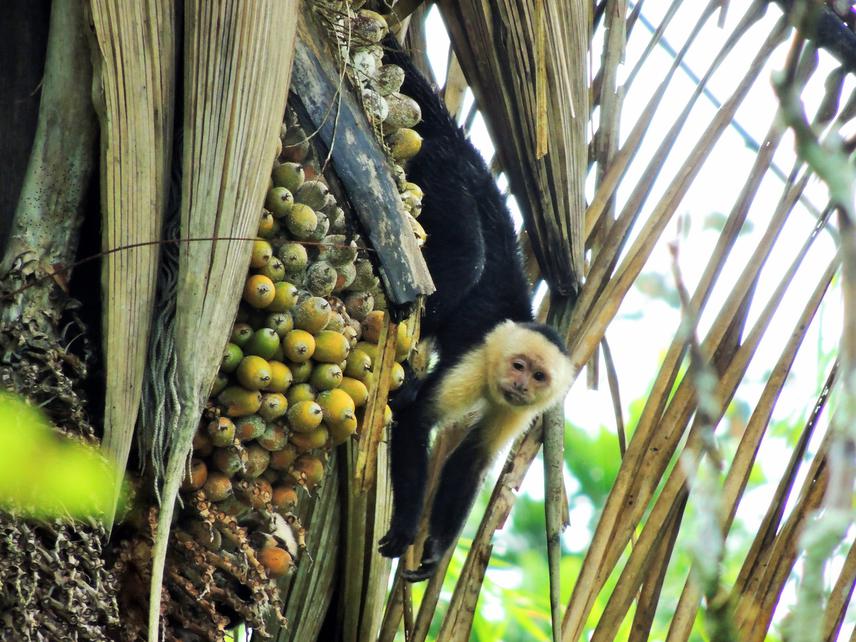Luz I. Loria
Other projects
11 Apr 2018
White-Faced Monkey Conservation in Agro-Systems: Investigating Crop-Raiding Patterns in Maize Fields and Farmer’s Perception in South-Western Panama
This project will build on existing knowledge of crop-feeding by white-faced capuchins (Cebus imitator) documented during the 1st Rufford Small Grant of conserving white-faced capuchin monkeys in agroecosystems at Chiriquí Province, Panama. Figs are one of the most important resources for many primates, including white-faced capuchins while maize may be a preferred food for these primates due to its elevated protein content. Linking fig availability with maize feeding by white-faced capuchins is essential to determine whether the frequency of maize crop feeding decreases during the availability of important wild fruits. Also comparing the nutritional content of wild crop food is relevant to better understanding the attractiveness of crops. Thus, ecological and nutritional information combined enhance our understanding of when and why white-faced capuchins feed on crops.

White-faced capuchin (Cebus imitator) in a wine palm (Attalea butyracea). © Luz I. Loria.
Over 12 months, we will collect phenology data of fig trees and other tree species located along set phenology trails established during our previous work in 2018. We will select focal trees to install camera traps at varying heights to record occurrences of feeding on fruits by white-faced capuchins. We will also conduct a pilot study comparing the nutritional content of figs and maize, and other important wild fruits such as guava and wine palm, that are eaten by white-faced capuchins.
The ecological and nutritional information generated will be used to inform farmers of the value of white-faced capuchin food and encourage farmers to share their farms and resources with capuchins. Once we inform farmers about the nutritional value of wild and crop food for capuchins, we will move forward with the application of conservation actions such as:
- Planning of an enrichment planting of high-value tree species for white-faced capuchins. Based on this planning, we expected to design a tree nursery to produce seedlings of those high-value tree species.
- Farmers are encouraged to provide sacrificial crop rows located on the outer side of the maize fields for white-faced capuchins.
This work will also be a template for studying and managing other white-faced capuchin populations facing retaliation killing.
Header: White-faced capuchin eating mango. © Luz I. Loria.